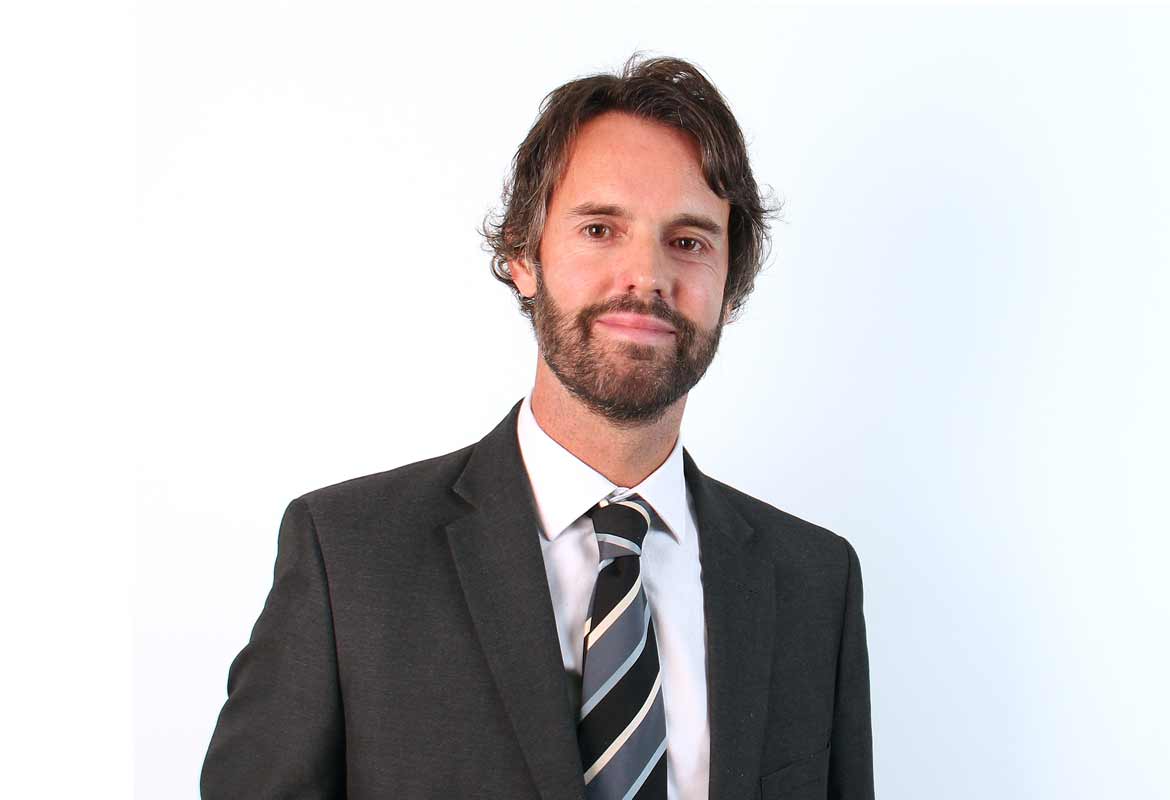
Scandinavian quality and Singaporean efficiency
Setting an example: What can the NHS learn from Scandinavia and Singapore?
In his latest Autumn Statement, the former Health Secretary, now Chancellor, Jeremy Hunt spoke of his admiration for healthcare systems overseas and laid out a plan to replicate their successes.
Setting out his strategy to tackle inefficiency in the NHS, he held up Scandinavia and Singapore as examples for the UK to follow.
And he announced a taskforce that will create a plan to ensure new Integrated Care Boards operate efficiently with appropriate autonomy and accountability.
Looking at the international performance tables, the NHS could clearly do better; our funding is near the top, but outcomes are near the bottom.
Jeremy Hunt said: “The NHS budget has been increased to record levels to deal with the pandemic and today I am asking it to join all public services in tackling waste and inefficiency.
“We want Scandinavian quality alongside Singaporean efficiency, both better outcomes for citizens and better value for taxpayers.
“That does not mean asking people on the frontline, often exhausted and burned out, to work harder, which would not be fair.
“But it does mean asking challenging questions about how to reform all our public services for the better.”
There’s no doubt that the public healthcare systems in both Scandinavia and Singapore outperform the NHS on measures from waiting lists to life expectancy.
And it’s not all about money – though funding per patient tends to be slightly higher than the UK in Scandinavia, it’s substantially lower in Singapore.
In fact, Singapore spends about half as much as the UK on healthcare, as a proportion of GDP.
Data from the Organisation for Economic Co-operation and Development (OECD) shows that Singapore spends 4.4% of its GDP on healthcare, compared with 9.8% in the UK.
And life expectancy in Singapore is 83 years, compared with 81 in the UK1.
So, why is Singapore so efficient at delivering healthcare?
It’s important to remember that Singapore is a small country that is largely urbanised.
It covers a smaller area than the city of Paris, with a population of 5.5 million people and has just 12 public hospitals.
It has been held up as a bastion of efficiency because it achieves excellent outcomes at a relatively low cost.
A big part of the reason is because public hospitals in Singapore are more autonomous than those in other countries.
Hospital management teams are largely independent from government control and hospitals are run more like private hospitals in other countries.
Given Singapore’s compact size, patients are able to choose which hospital they attend, which creates competition between different public hospitals, driving them to keep costs low and service levels high through efficiency improvements.
In comparison, in the UK, care is organised by a single institution which funnels cash through multiple levels of national and local organisation, creating inevitable inefficiencies along the way.
And why are standards higher in Scandinavia?
According to the OECD, Scandinavian countries including Sweden and Norway have benefitted from longstanding strategies to shift healthcare from inpatient to outpatient settings.
That includes the management of long-term conditions like diabetes and heart disease.
As a result, hospital admissions are lower than average and shorter than in other countries.
Scandinavian countries have also invested heavily in preventative public health campaigns to raise awareness of the dangers of things like smoking, alcohol and dangerous driving, and promoting the benefits of exercise and good diet, for example2.
And it pursues a very proactive public health policy, including instituted national screening programmes for common types of cancer, for example, to ensure that they are caught early, increasing the chance of positive outcomes.
Sweden, in particular, has also been praised for its collaborative approach to healthcare innovation, with the public and private sector players working together with academia to develop new technologies and processes.
It’s been an early adopter of digital healthcare and more than half of Swedes now use digital healthcare services, from booking appointments online to using mobile apps.
Today, 99 per cent of all Swedish prescriptions are issued electronically3.
And it has been collecting health data to inform and direct policy since the 1970s.
Final thoughts
It seems that other countries are creating efficient, effective healthcare systems not necessarily by spending more, but rather by operating different structures, empowering managers, pursuing preventative strategies, collaborating and innovating.
It’s a holistic approach that would require root-and-branch reform to apply in the NHS.
But technology will undoubtedly be part of the solution, supporting people in better managing their own health.
It must be said that, just like the UK, healthcare in Scandinavia and Singapore is not perfect and both are facing growing challenges around their ageing populations.
But they have shown that there are different ways to deliver publicly funded universal healthcare and we should certainly explore every opportunity to learn from the best.
Find out more with Brother's healthcare solutions on how to make your hospital more efficient and higher quality.
References
1. https://www.cambridge.org/core/journals/health-economics-policy-and-law/article/can-asia-provide-models-for-taxbased-european-health-systems-a-comparative-study-of-singapore-and-sweden/C16E87011799BE7FE8B0C78A0C761298
2. https://www.oecd-ilibrary.org/docserver/b9027e42-en.pdf?expires=1669221171&id=id&accname=guest&checksum=66D56102D4CBE796CF3ED5E82B8DF7D3
3. https://www.trade.gov/country-commercial-guides/sweden-ehealth




